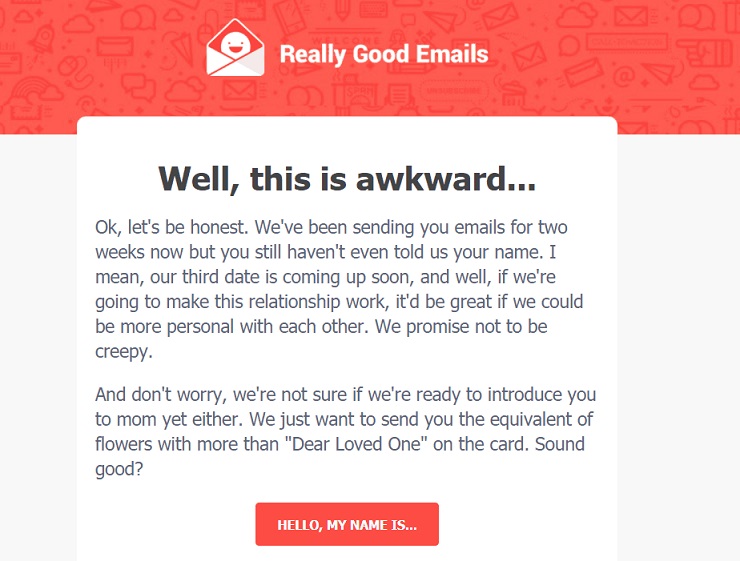Which would you prefer? An off-the-rack suit that only comes in one color and style, and disregards your preferences. Or a tailored suit that fits you perfectly, with the fabric and design you always wanted, and even your name stitched inside?
It’s an easy choice, right?
We all want personalized experiences. And email marketing is no exception.
More marketers are starting to understand the importance of personalized email marketing. In fact, 96% of organizations believe that personalization will improve their email marketing efforts.
And yet, 70% of brands fail to use personalized emails.
Part of this reluctance is likely due to the fact that it seems too difficult or expensive. I’m here to tell you, it doesn’t have to be.
So if you haven’t started launching personalized email campaigns already, it’s time to get started.
In this article, you’ll learn four actionable, ready-to-implement personalization tactics that will increase your sales and create strong, lifelong customer relationships.
And we’ll even wrap up with a bundle of real world examples of killer personalized emails to get you inspired.
Let’s dive in.
Getting Started: Why Email Segmentation is Important
Personalization means showing the right marketing message to the right prospect (and ideally, at the right time, depending on where they are in the buyer’s journey).
One great way to start personalizing is to segment your email list. Segmentation and personalization are not the same thing, but there is a strong connection between the two.
Sure, you can do one without the other, but combining the two tactics will strengthen your message and connection with your audience.
Segmentation and personalization go hand-in-hand when creating a tailored customer experience. They humanize your message and make your emails feel more like a conversation than a monologue.
According to Asend2, 51% of marketers say email list segmentation is the most effective personalization tactic.
Segmenting allows you to send targeted and relevant emails to specific subscribers on your email list and therefore offer your subscribers a more personalized experience. Without segmenting, your unsubscribe rate will increase and engagement will plummet.
Here’s a scenario to help illustrate this concept.
You have two customers, Nina and Paul.
Nina is a first-time visitor to your site. She’s not looking for anything in particular, but a friend recommended your site and she thought she would check it out. She decides to sign up for your newsletter.
Paul is a returning customer who regularly purchases things from your site. He buys the same item regularly when the old one is used up, but he buys additional items frequently, too.
Should these two different visitors get the same email?
No. There’s no one-size-fits-all solution. At least there shouldn’t be.
Your audience is diverse, so why treat them all the same way?
Instead, you need different incentives and communication tactics to nudge different customers into converting. You’ve gathered lots of golden information about your audience, why not use it?
I know catering to each buyer sounds overwhelming, but to approach email segmentation effectively, you just need to think in terms of groups.
You’ll be able to categorize your audience into groups of individuals who share similar characteristics. These characteristics can be based on demographics such as age, gender, family and so on, or how they opted in on your site.
Let’s say you sell shoes online. One approach would be to segment by gender. (After all, most of your male subscribers aren’t going to be interested in buying high heels.)
Another approach could be to segment by average spend over the last 12-months and promote specific offers to this segment.
Advanced personalized email strategies will take more time to implement and will only be possible after more in-depth interaction. For instance, segmenting based on Customer Lifetime Value (LTV) will require more data than basic demographic information.
There are endless segmentation strategies and opportunities with personalized email marketing. Your possibilities are only limited by the data available.
When creating a segmentation model, EmailMonday refers to the pillars of segmentation. These pillars represent different demographics and psychographics you can use to create segments of your choice.
Segmenting might seem either overly complicated, or overly simplistic, but even getting started with some basic splitting up of your list will quickly deliver more value in your email marketing efforts.
Learn how to skyrocket your email opens, clicks and sales! Take an in-depth journey into automation, deliverability, engagement and more in our Foundr course, Advanced Email Marketing. Click below to learn more and join our VIP waitlist to be notified when the course opens for enrollment.
Learn How to Skyrocket Your Email Opens, Clicks and Sales! Click To Join Our FREE VIP Waitlist Now.
4 Ready-To-Implement Steps to Personalize Email Marketing
Now that we’ve discussed the importance of email segmentation, we need to look more closely at which segments to create and focus on—and how to actually apply them.
But before you can personalize anything, you need to know more about your audience.
You need to gather information from basic demographic data to more detailed information such as needs and preferences.
Let’s look at how you gather this information.
Step 1. Ask Questions
One of the easiest ways to gather information about your audience is to survey them.
For instance, you might ask your visitors why they’re visiting your site, why they signed up for your newsletter, or why they purchased a specific item.
Gathering data will help you send more targeted and relevant emails. And the more information you gather, the better you can segment, target, and nurture your readers.
There are many ways to gather data about your subscribers. Let’s take a look at two of the most effective.
Lead Capture Forms
A great way to get information is through lead capture forms on your website. CoSchedule, for example, segments their visitors right away when readers opt in for a content upgrade:
First, you’re asked to complete basic information about yourself:
Then, you’re asked more specific questions about the nature of your work and marketing goals.
It’s important to note here that asking several questions in a lead form is not always the best solution. People are less inclined to part with their personal information these days, so if you want to know more about your reader, you need to make sure that what you’re offering is of great value.
Email Surveys
Another way to ask for feedback is through email. Take a look at this survey invitation from Typeform.
Typeform has a simple-yet-compelling email that asks the reader to complete a two-minute survey. It even says that the survey serves to gather information about you, which lets the reader know exactly what to expect.
Incentivizing your subscribers can be a good way to nudge people into answering, but if you’re not careful, it can also skew your data, as people might rush their answers just to claim a prize. Typeform cleverly worked around this issue by using curiosity to pull the reader in, rather than specifying what the surprise is.
When you ask questions, you need to think about what information you need to influence a sale. Do you need to know their favorite color, what they do for a living or whether they prefer swimming or hiking?
This will always differ from business to business, but before firing questions at your readers, you need to think about what information is essential for you to target your customers more specifically and give them a more personalized experience.
Another final, but really important thing here is to only ask questions you’re planning to use. You’re wasting both your customer’s time and your own time when you have to go through answers that aren’t relevant.
There’s a difference between “nice-to-have” information and “must-have” information. And remember, the more questions you ask, the greater the value of your offer should be.
Step 2. Build Customer Personas
Once you have enough quantitative and qualitative data about your audience, you need to group each of your visitors into appropriate buyer personas.
The buyer personas help us more clearly imagine the people we are trying to attract. They are built using all the information you have and group your subscribers together based on a mix of attributes and actions.
Now, the million dollar question is how do we actually make them? Here are three approaches:
Google Analytics
Besides asking questions, tools like Google Analytics are essential when creating personas. Google Analytics offers key insights into the demographic data of your audience.
Keywords are another thing you can find through Google Analytics, because you are able to see which keywords searches are commonly used to find your site. Now you can create categories based on these keywords and determine which people search for which keywords.
Google Analytics also offers insights into how people are finding your site, be it through organic search, social media, or something else.
Which channels are different segments using and which keywords should you target is valuable information when determining how you reach your customer personas in the future.
Customer Service
Never underestimate information from the customer service department.
This information may deliver the most important insights into your customer’s goals and challenges. By interacting with your customers daily, customer support knows all of their pain points and what issues of your business they are struggling with.
Social Media
Your social media sites are often a gold mine when it comes to insight into your subscriber’s preferences, values, demography, lifestyle, and so on.
Your audience might differ from platform to platform, so it’s important that you look into the demographics of all types of users. This will also help you adjust your future content on each platform.
You can use data insight tools such as Facebook Insight or Twitter Insight to find this information.
Furthermore, some email platforms, such as MailChimp, allow you to connect your email list to your subscriber’s social media account. This will allow you to learn more about your email newsletter subscribers, even though they only provided their email information (granted that they use the same email address for their social media profiles as the email on your newsletter list).
By this point, you’ve likely spent a lot of time gathering all your information about your audience—now it’s time to use it!
Step 3. Implement Your Findings
Every aspect of your email should communicate in the language your audience members use, in order to better connect with them. Here are the different components that should be personalized simultaneously.
Subject Lines
Start by looking at your subject lines. Even though it’s a single, short line of text, there are many ways to personalize a subject line.
Personalizing your subject line can be anything from addressing a person by name, making use of time or location to reference their recent purchase or download.
A subject line like, “How comfortable are your new shoes?” might perform better than a generic subject line like, “Did you like your recent purchase?”
Poo-Pourri sells their products using humorous copy and words that will resonate with their buyer personas:
Body Copy
Next, look at the actual body of the email. Here you should use the personalization whenever it makes sense.
Wool and the Gang is another great example of how to speak like your customers, using words and phrases that are consistent with the language of their audience.
With words and phrases such as “wooly pounds” and “stitch-up,” Wool and the Gang are using vocabulary their audience will be familiar with, which helps them to connect with subscribers.
By having customer personas, you gain insight into their jargon and tone-of-voice when they talk about your products. Every aspect of your email should be consistent with your brand’s voice and aligned with the way the customer personas talk.
Sender Information
When you send your emails, you should use an email that is recognizable and credible. Having [email protected] as the sender will be less engaging and inviting as having, for instance, your head of marketing as the sender. Having a real person as the sender will make your email feel more personal and will increase your open rates.
The same applies to your sender information in the actual body of the email. Emails sent from a real person convert better than those sent from a company or department.
Here’s an example of how we personalize our sender information at Sleeknote:
It will always vary from business to business what an audience responds well to. Therefore, you should also test your emails to see which perform better.
Try experimenting with the sender. Should there be an image? Should you use pronouns like “we” or “I”? Should you use a humorous tone?
My advice to you: test, test, and test again.
If you want to personalize your brand beyond email marketing, there are different types of ecommerce personalization tactics you can use to offer more personalized experiences on your site.
Tip: If you have subscribers all over the world, you should also differentiate when you send emails based on location and time. This increases the chances of engagement.
Step 4. Set Up Automated Behavioral Trigger Emails
Behavioral trigger emails are real-time marketing messages that are sent to your readers based on their actions and behaviors.
For instance, if your customer abandons their cart, they will automatically receive an email after, say, five hours asking them if they forgot anything.
Here’s an example from Brooklinen, sending me a reminder to complete my purchase.
Or maybe you send out a celebratory “anniversary” email when subscribers have been on your list for a year. This way, your subscribers will feel more valued.
There are endless of possibilities with trigger emails and the good thing is that they are all personalized because they are linked to the actions of the individual.
The good news is trigger emails have 152% higher open rate compared to “batch and blast” emails.
And the even greater news is that triggered emails are easy to set up and automate based on an action, event, demographics, or other criteria.
Learn how to skyrocket your email opens, clicks and sales! Take an in-depth journey into automation, deliverability, engagement and more in our Foundr course, Advanced Email Marketing. Click below to learn more and join our VIP waitlist to be notified when the course opens for enrollment.
Learn How to Skyrocket Your Email Opens, Clicks and Sales! Click To Join Our FREE VIP Waitlist Now.
7 Brilliant Examples Of Email Personalization
Need some inspiration to get started with personalized email marketing?
We’ve got you covered.
Below are seven great examples of personalization to get the inspiration and creativity flowing when you start your own journey.
The Abandoned Cart Email
The abandoned cart email, like the one below from Bonobos, is a great example of a personalized email. Sending your customer a reminder shows them you care and noticed they left before completing their purchase.
The Welcome Email
The welcome email is a classic. And it’s easy to personalize. It can be anything from applauding them for making a smart purchase decision, to welcoming them to the gang like ThinkGeek.
Here’s another great welcome email example from Ban.do. They combine humor and personalization. By using down-to-earth language and a light, friendly tone, Ban.do cozies up to its readers.
The Milestone Email
It’s often the little things that count. Sending an email that celebrates a milestone you and your customer had together, or a customer’s birthday is an easy thing to automatically set up that will leave your reader with a smile on their face.
Here’s an example from ModCloth:
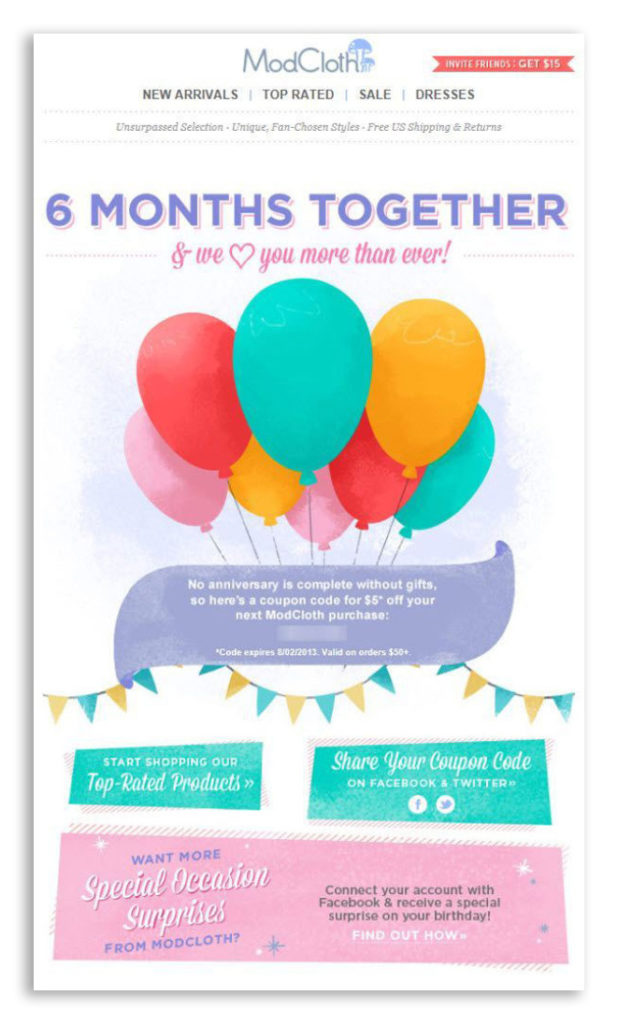
The Recommendation Email
I don’t know about you, but I spend a lot of time searching on Netflix for a movie I actually want to see. Netflix is aware of this issue and frequently sends emails recommending a new movie or series they think I’ll like based on my previous binge-watching moments.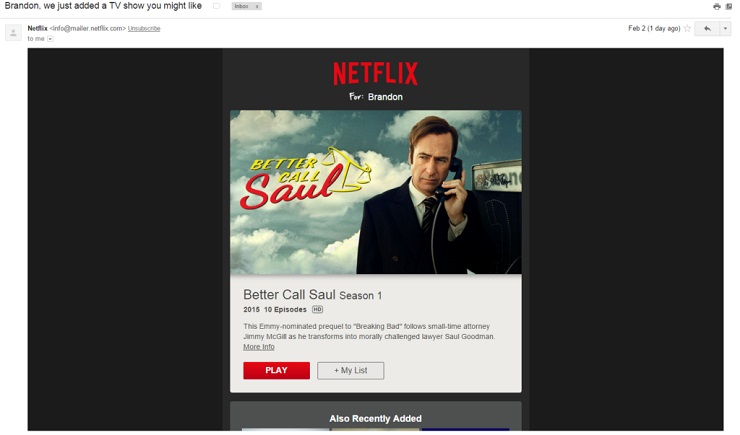
The Advice Email
Hunter sent out this email an hour after I used its service for finding emails. The email informs me about a feature I didn’t use but could have made my search easier.
 The Product Recommendation Email
The Product Recommendation Email
Uncommon Goods sends an email with product recommendations based on what the visitor previously looked at or purchased.
The ‘Ask-for-Information’ Email
We all know the situation, where we talk to someone we’ve already met a couple of times but completely forgot their name and now have to ask yet another time.
Really Good Emails uses this well-known situation to its advantage and asks subscribers to provide information about themselves.
They do this in a down-to-earth, funny way (but if ReallyGoodEmails didn’t send good emails, then who would?).
Learn how to skyrocket your email opens, clicks and sales! Take an in-depth journey into automation, deliverability, engagement and more in our Foundr course, Advanced Email Marketing. Click below to learn more and join our VIP waitlist to be notified when the course opens for enrollment.
Learn How to Skyrocket Your Email Opens, Clicks and Sales! Click To Join Our FREE VIP Waitlist Now.
Personalized Email Marketing is Where It’s At
The one-size-fits-all days are over. It’s time for the bespoke era of marketing, where preferences and needs are at the core of your email strategy.
Getting to know your audience and building connections that are more than just a casual first meeting, but rather a lifelong friendship, will be one of the best business decisions you can make.
Personalized email marketing can be a powerful tactic that will not only impact your engagement and click-through rates, but will also leave you with more satisfied customers and a higher customer retention.
I hope you got a taste for trying out all these personalization tactics!
Got any questions about segmenting or personalizing your emails? Share your questions or advice in the comments below.
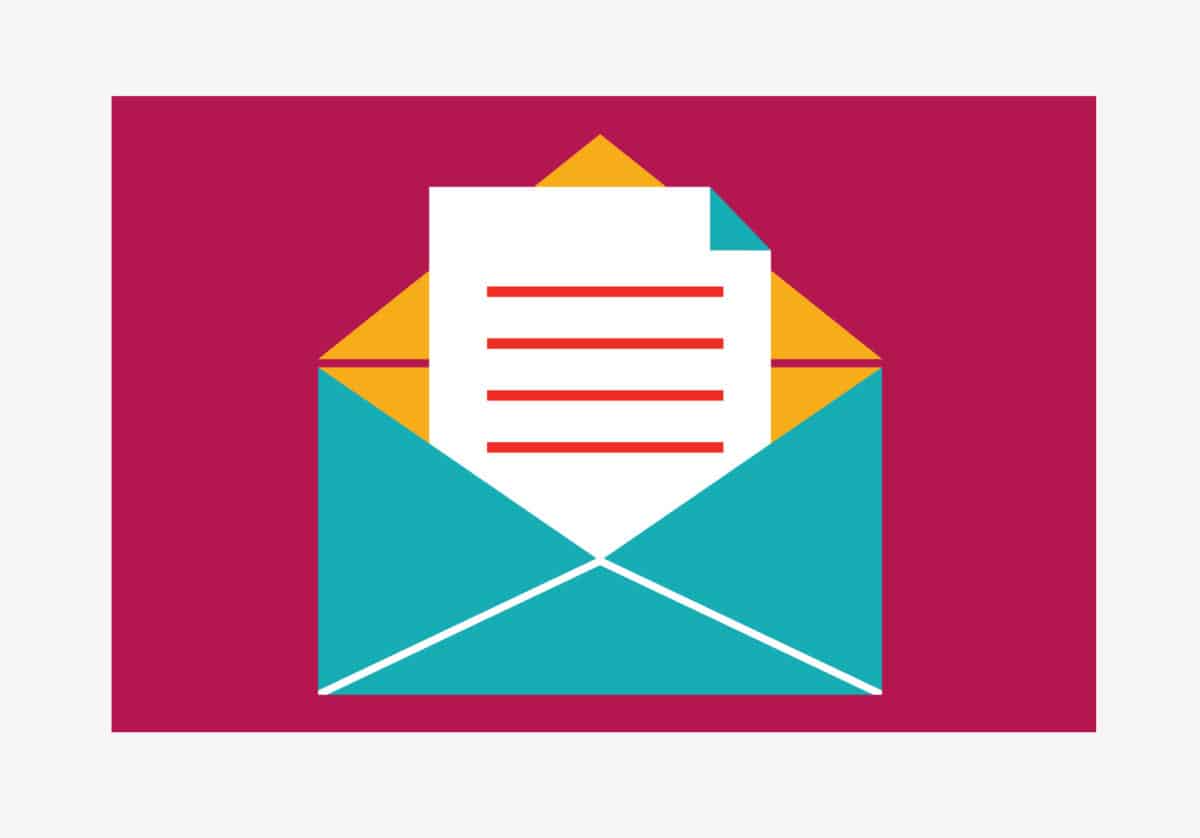
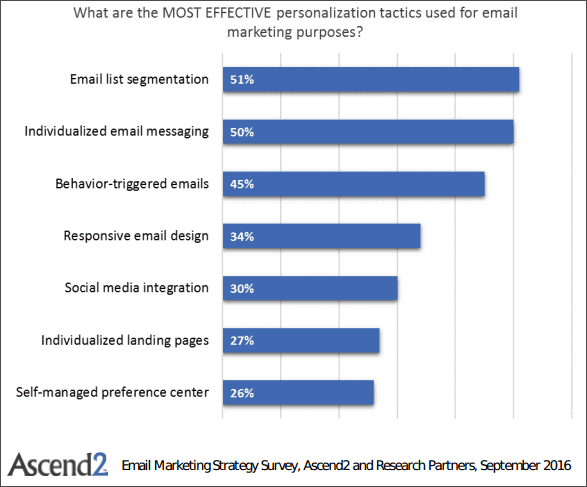
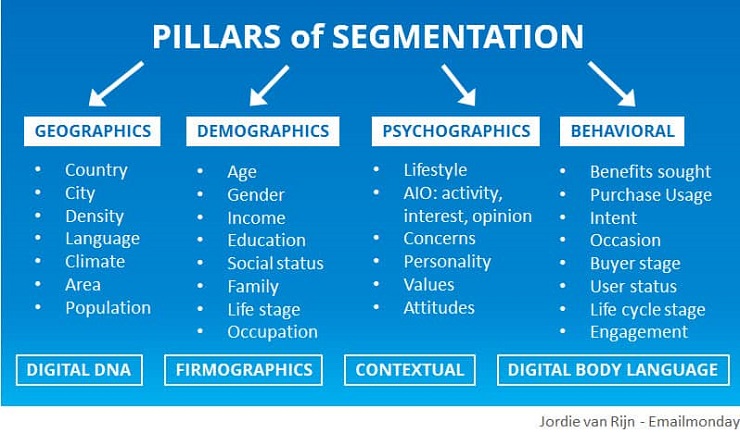
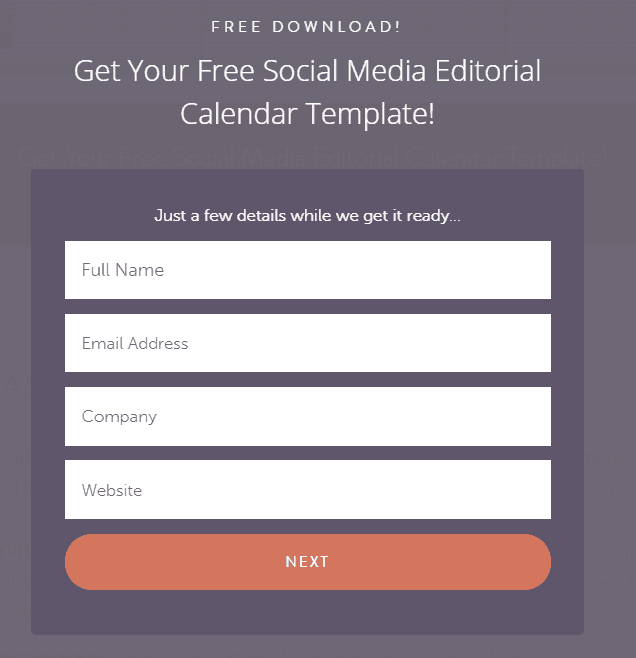
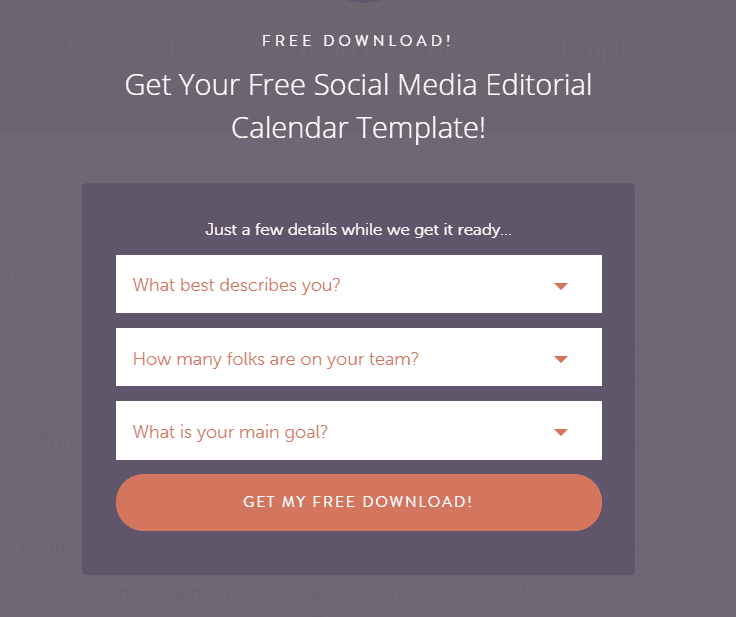

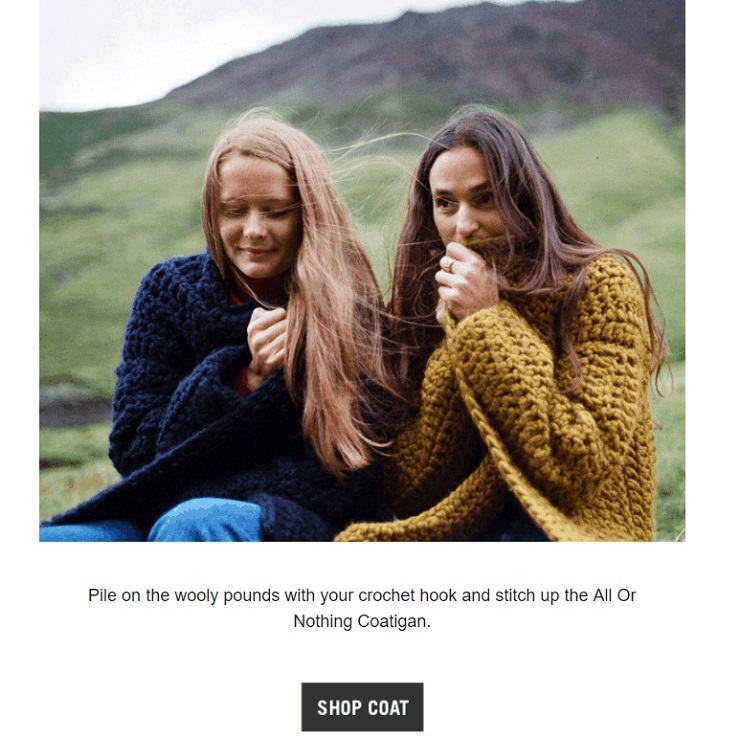
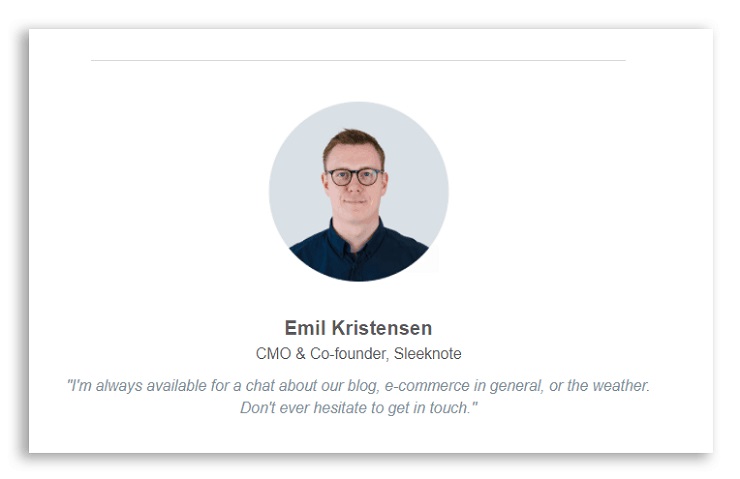
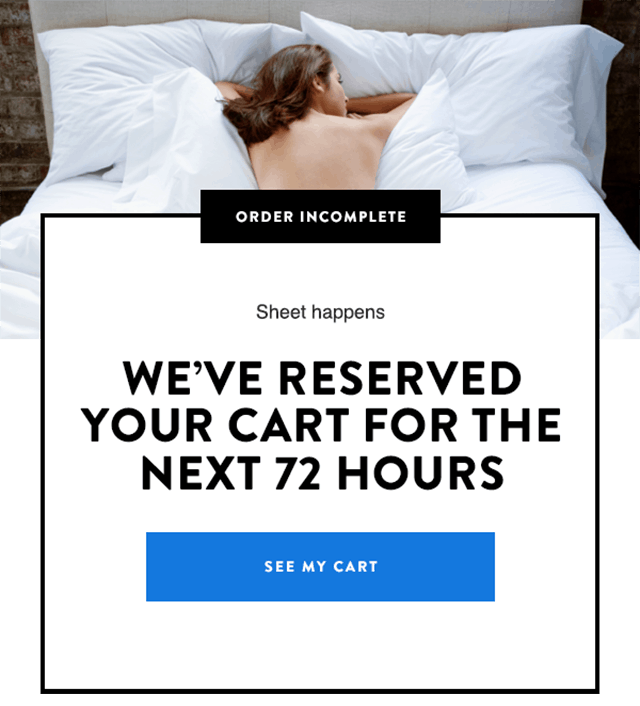
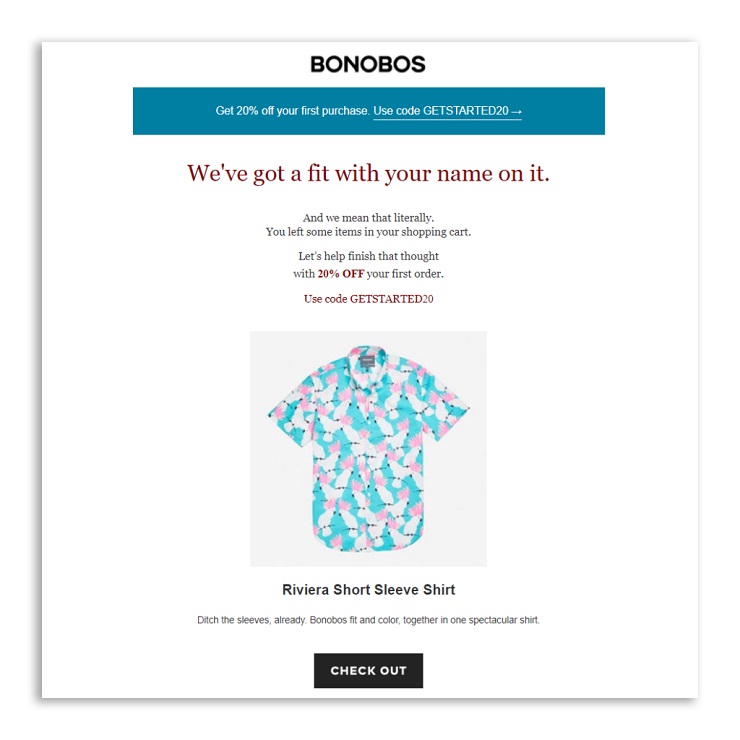

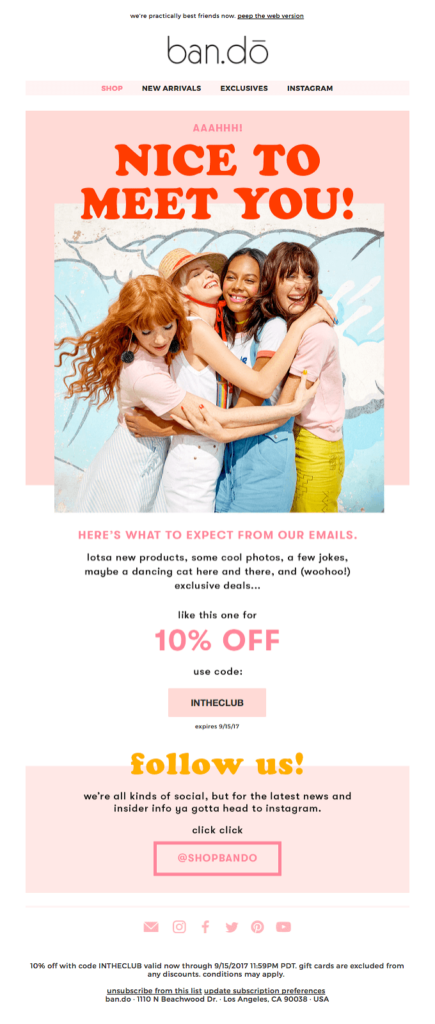
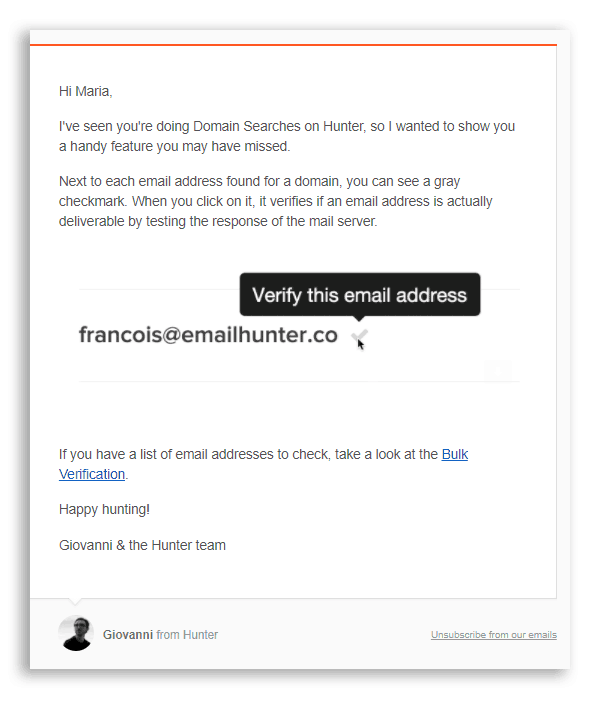 The Product Recommendation Email
The Product Recommendation Email 
